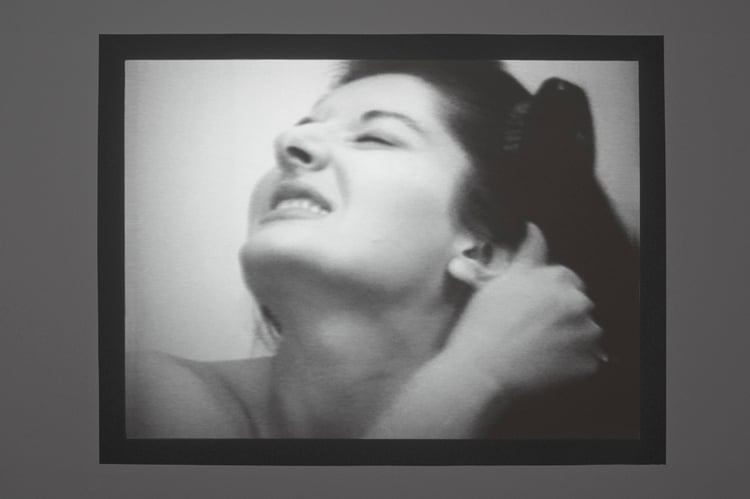
Video art has long been accepted by the art world, yet there is still much debate on how it should be presented in a gallery setting.
The exhibition “Performer/Audience/Mirror” opened this past Friday at London’s Lisson Gallery and showcases a retrospective look at the history of video and performance art, from the 1960s to the present day. Crucially, as well as occupying the gallery, the exhibition extends online, with some of these seminal art pieces being shown on the gallery’s website throughout the course of the exhibition.
Nathalie Djurberg & Hans Berg, Worship (2016). Photo ©Djurberg, courtesy of Lisson Gallery.
The online strand of the exhibition includes Marina Abramovic’s famous work Art Must Be Beautiful/ Artist Must Be Beautiful (1975), as well as Dan Graham’s Performer/Audience/Mirror (1977), a video of his performance at De Appel after which the exhibition was named.
Also on view will be work by Manifesta 11 curator Christian Jankowski, John Latham, Jonathan Monk, Santiago Sierra, and Sean Snyder.
The curator Emma Gifford-Mead decided to show the works online as many people travel during the summer and wanted to the exhibition to reach as many viewers as possible.
John Latham, Speak (1962). Photo ©John Latham Estate, courtesy of Lisson Gallery.
“Seeing the work online will never be as good an experience as viewing the work in a gallery,” Gifford-Mead told artnet News over the phone. “But we have selected works that we think will work particularly well online, for example Cory Arcangel’s work features a mouse clicking on a screen, but Art & Language’s work relies more on a gallery setting and will not be available to watch in this way.”
Wael Shawky, Telematch shelter (2008). Photo ©Wael Shawky, courtesy of Lisson Gallery
Website’s like Daata Editions already make video and new media works available online, but what Lisson is doing has a performative element to it, says Gifford-Mead. The works will be available for a limited time only, for three or four days at a time.
Shown via YouTube—which affords the gallery and the artists the best copyright protection—the exhibition could well see Lisson Gallery expand into showing more work in this way, Gifford-Mead said.
Many of the artists in the gallery roster produce video work, including John Akomfrah and Wael Shawky, so perhaps it would make sense to show this type of work on the mass scale that the internet affords.
“Performer/Audience/Mirror” is on view at Lisson Gallery, London from July 15 – August 27, 2016. The screening schedule is available here.